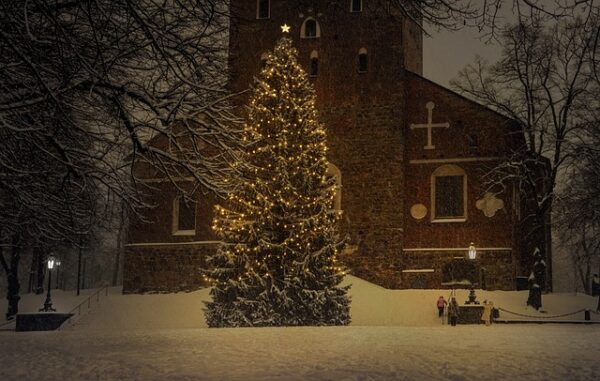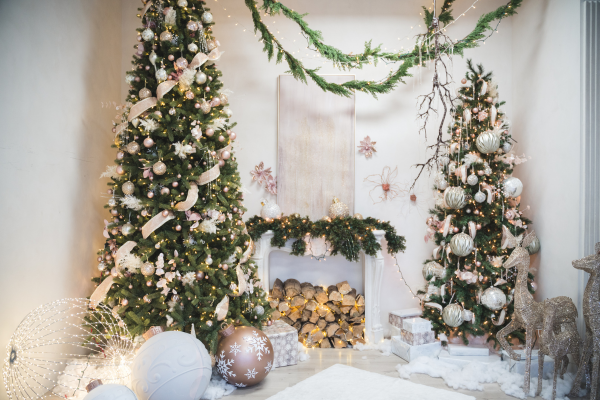The History of Christmas Trees: From Pagan Roots to Modern Decor – By Malsha – eLanka

The Christmas tree, a beloved symbol of the holiday season, has a history that spans centuries and continents. Its journey from ancient pagan rituals to modern festive decor is a fascinating tale of cultural adaptation and transformation.
Pagan Origins: Evergreen as a Symbol of Life
Long before Christianity emerged, ancient civilizations revered evergreen plants as symbols of life and renewal. In Egypt, during the winter solstice, palm branches were brought into homes to honor the sun god Ra, symbolizing life’s triumph over death. Similarly, in ancient Rome, during the festival of Saturnalia, branches of evergreen trees adorned homes as a tribute to Saturn, the god of agriculture.
In Northern Europe, Druids and Vikings used evergreen boughs in their winter solstice celebrations. For them, these plants represented everlasting life and protection against evil spirits during the darkest days of the year. These early traditions laid the groundwork for the incorporation of evergreens into later Christian practices.
The Christian Adaptation: Trees of Paradise
The concept of decorating trees began to take on Christian significance during the Middle Ages. In Germany, plays performed on December 24th—the feast day of Adam and Eve—often featured a “paradise tree” adorned with apples, symbolizing the Tree of Knowledge in the Garden of Eden. Over time, these trees moved from public performances into homes, where they were decorated with wafers, candles, and later, nuts and sweets.

The Rise of the Modern Christmas Tree
The Christmas tree as we know it today emerged in 16th-century Germany. Legend has it that Martin Luther, the Protestant reformer, was inspired by the sight of starlight shining through evergreen trees on a winter night. He brought a tree into his home and decorated it with candles to recreate the scene for his family.
By the 18th century, the tradition had spread throughout Germany and parts of Eastern Europe. German immigrants brought the custom to America in the 1700s, but it wasn’t until the mid-19th century that Christmas trees gained widespread popularity.
Queen Victoria and the Tree’s Global Spread
In 1848, an illustration of Queen Victoria and Prince Albert—who was of German descent—standing beside a decorated Christmas tree at Windsor Castle was published in the Illustrated London News. The image captured public imagination and sparked a trend among the British upper class. As a result, the Christmas tree tradition quickly spread throughout England and its colonies, as well as the United States.
Modern Traditions and Innovations
Today, Christmas trees are an integral part of holiday celebrations worldwide. While natural trees were once the only option, the introduction of artificial trees in the 20th century revolutionized the tradition. These trees, often made from materials like aluminum or PVC, offer a convenient and reusable alternative to real evergreens.
Decorations have also evolved over time. Early ornaments included fruits, nuts, and homemade items. By the late 19th century, glass ornaments from Germany became highly sought after, and the invention of electric Christmas lights in the 1880s made decorating trees safer and more dazzling.
Cultural Variations
Different cultures have added their unique touches to the Christmas tree tradition. In Mexico, for example, trees are often adorned with ornaments made from straw or colorful papier-mâché. In Japan, where Christmas is more of a secular celebration, artificial trees are decorated with origami cranes and other traditional symbols of peace.
The Symbolism Endures
Whether real or artificial, simple or elaborately decorated, the Christmas tree remains a powerful symbol of hope, joy, and togetherness. Its enduring appeal lies in its ability to adapt to the customs and values of the times while retaining its connection to ancient traditions.
As we gather around our trees this holiday season, we partake in a rich history that connects us to centuries of celebration and creativity, reminding us of the universal human desire to find light and life during the darkest days of the year.























